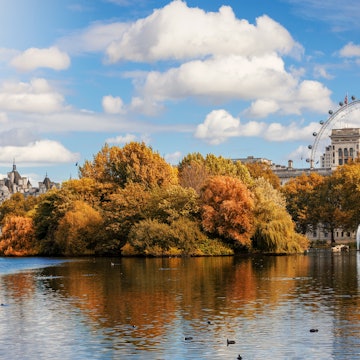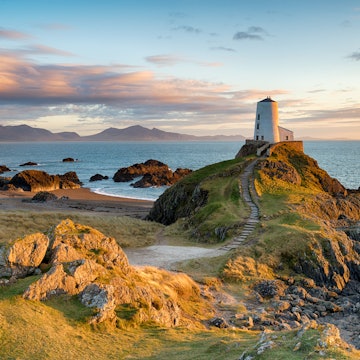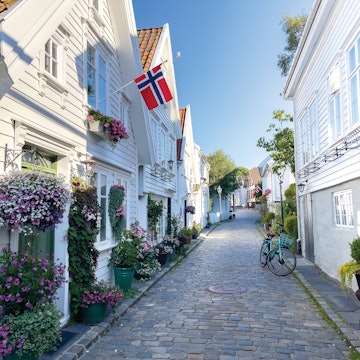
Antarctica vs the Arctic: which polar wilderness is for you?



Kayaking in Antarctica between icebergs or Aurora Borealis in Norway's Lofoten islands ©iStock
Thinking of something a bit…bigger than another beach holiday? We might suggest heading to the remotest points on Earth – literally.
On opposite poles of the globe, Antarctica and the Arctic have long appealed to the imaginations of explorers. And now that you’ve started dreaming big yourself, you have a decision to make: head way north, or extremely south.
Read on for a pair of writers’ takes on which frigid wonderland might fulfill your extreme-travel fantasy.

Antarctica: journey to the ends of the earth
A lover of polar extremes, Kerry Walker is never happier than in very cold places far removed from civilization. She is the author of dozens of Lonely Planet books and calls Wales home.
There’s no feeling on earth like arriving in Antarctica. After two days of rattling and rolling across the storm-tossed seas of the 600-mile-wide Drake Passage, reaching the White Continent is a Dorothy-arrives-in-Oz moment. Waves toss the ship from side to side like a plaything as you traverse the planet’s roughest stretch of ocean – but then, overnight, the relentless gut-churning swells and gunmetal-gray skies are gone.
You wake up to a whole new world. The world in dazzling technicolor. The world as you’ve never seen it before. The world with the lens polished: pristine white, snow iced, the skies flawless blue.

On a March voyage to Antarctica, I remember peeking out of my cabin window in Fournier Bay that first morning and rubbing my eyes in disbelief. There were penguins porpoising through stained-glass-blue waters; seals lolling on icebergs, whales breaching and fluke-flashing; dark, rugged mountains leaping out of the sea, with glaciers spilling down their sides like giant crushed meringues. Some 30 humpback whales formed a welcome party for us, blowing, breaching and fluke-flashing breathtakingly close to the ship. My oh my.
Here was this shimmering white wonderland. A place a child might draw. A place that belongs in dreams. A place at the final frontier of the imagination. No David Attenborough documentary prepares you for the reality of it: Antarctica is unlike anywhere you have ever been or are ever likely to go again. Here, wildlife rules and humans are merely passing through. Unlike in the Arctic, there is no development: no hotels or restaurants, no roads or railways, no signs of civilization bar the odd research station. Nature is free to run riot.
Isn’t that a rare and precious thing?

Though I have visited the Arctic many times, I have been to Antarctica but once. Yet that first image burned deep into my retina. As did the ones that followed: 15,000 gentoo penguins honking like party horns and sledding headfirst down icy slopes on Cuverville Island, sailing through the narrow, sheer-sided Lemaire Channel (so crazily gorgeous it's called “Kodak Gap”), taking a Zodiac spin past icebergs as big as castles, landing on the continent proper in Neko Harbor in the frozen hush of morning, with glaciers calving and booming, being outnumbered by whales in Wilhelmina Bay.
Look, there’s no doubt the Arctic is magical, with its snowy landscapes and adventures like dogsledding, snowmobiling, gazing up to night skies raving with the northern lights. And it certainly wins the contest for the cheaper and easier-to-access place to visit. But it can never rival Antarctica for the surreal feeling of being dropped in a world you never realized existed. It can never match Antarctica for big, in-your-face beauty. In the Arctic, you are lucky if you see wildlife – you might see reindeer, but polar bears are famously elusive. In Antarctica, wildlife is just everywhere, having a ball.

When you make the voyage to Antarctica on an icebreaker, it’s an effort and an investment. You need two days to get there by expedition ship from the southernmost tip of Argentina, Ushuaia. It’s physically demanding: the bone-chilling cold, the journey, the pill-popping for seasickness. It’s expensive: a 10-night expedition in a shared cabin will typically set you back around £6000 (excluding getting all the way to South America in the first place). But trust me: it is worth every single penny. You’ll probably only go to Antarctica once. But it will stay with you forever.
And you’ll never look at the world in the same way again.

The Arctic: a shade of white with many colors
A contributor to over 70 Lonely Planet books, Luke Waterson is happiest very far from the nearest road or wi-fi connection. North of the Arctic Circle fits the bill nicely.
The Arctic means vastly different things to different people. Any land north of the Arctic Circle can be thought of as “Arctic”: the latitudinal line bisects Norway, Sweden, Finland, a chunk of Russia, Alaska, Canada and Greenland – and in much of this zone, daily life is played out similarly to how it is elsewhere, only with a deal more snow and ice to navigate.

Then there are the more extreme compass points within this zone, the places people come to experience the idea of the Arctic that resonates in their minds – Alaska’s Kaktovik, Churchill and Nunavut territory in Canada’s northern reaches, the Svalbard archipelago north of Norway – locales densely snowed under for most of the year, roamed by polar bears and backlit by the northern lights for months on end. Then there is the North Pole itself, only reachable by scientific expedition and ensconced in a frozen ocean so rugged that the spot eluded several centuries of explorers up until the 1940s.
All this means the Arctic is much more than one big expanse of chilly white wilderness. It hosts a huge diversity of wildlife (significantly more than southern-polar fauna – sorry, Antarctica) and is an area with 40,000 years of compelling human history, too (Antarctica has none prior to the first people setting foot there in 1820).
When I think of the Arctic, I think of its color as well as its brutal starkness: of the aurora borealis illuminating long nights in shimmering streaks of green and pink and purple; of Scandinavia’s Sámi chanting their poignant joiks (stories expressed through song); of Inuit tupilait, elaborately carved objects supposedly harboring magical powers; of the dramatic struggles intrepid Viking Erik the Red and Dutch navigator Willem Barentsz had in reaching the Arctic hundreds of years before Antarctica was a glimmer in any adventurer’s eye.
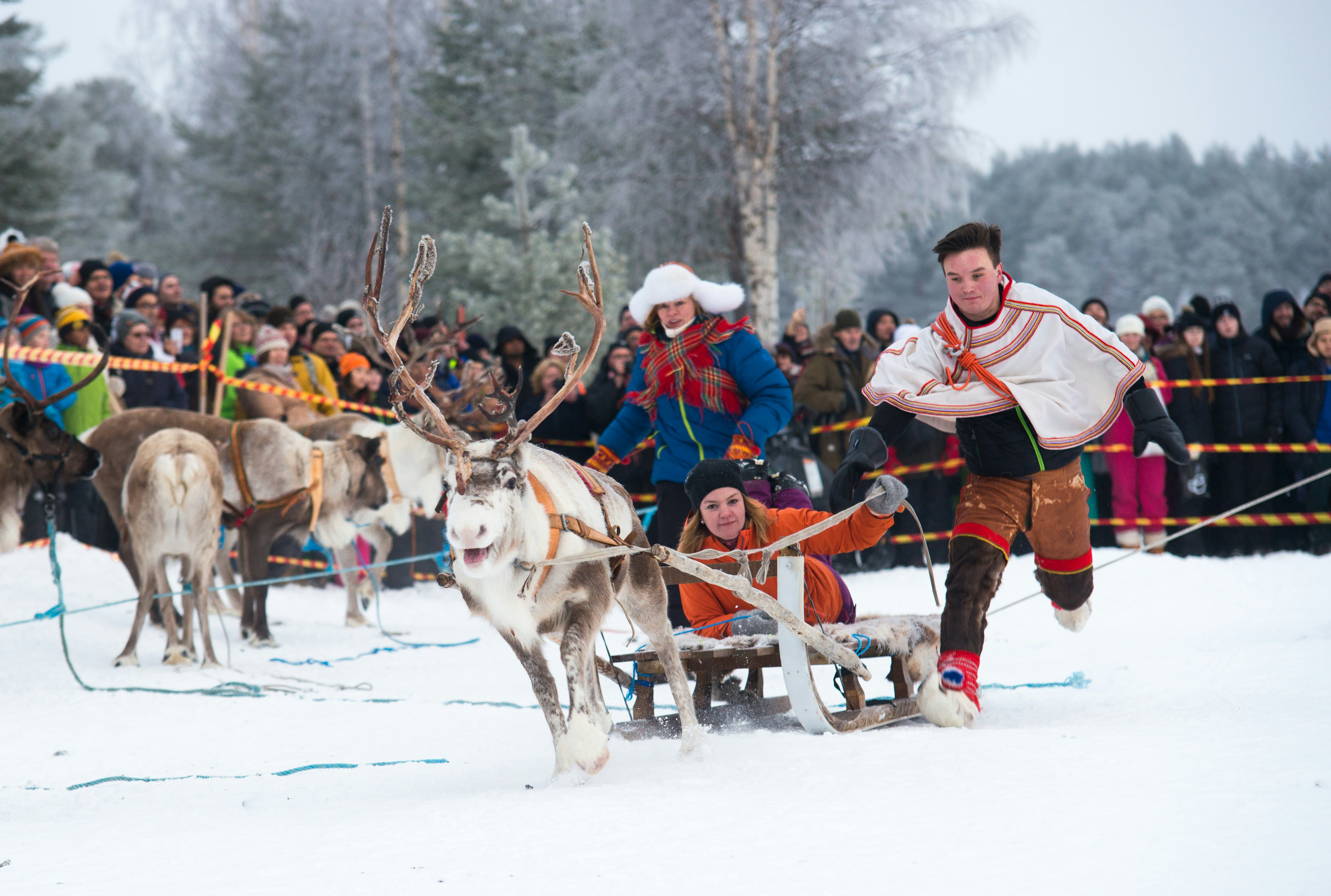
Of course, while the Arctic also kicks the Antarctic’s butt for animals (would your heart beat faster upon sighting a polar bear or a penguin?) and is a couple of million square miles bigger besides, both are thrilling, frigid no-man’s-lands. Both get stunning aurora action. In both, humans are rendered insignificant amid epically otherworldly terrain.
Either one is trip-of-a-lifetime material. But how many hours do you want to spend getting there? The Arctic is a few hours’ flight – and even a straightforward drive – from much of North America, Europe and Asia, with flights frequent and affordable. Most people reach Antarctica via a 48-hour-minimum sea crossing from Ushuaia, Argentina. Even before you begin factoring in the cost and time entailed in getting from your home to the southern tip of South America, it’s far from a quick or cheap break.
I’ve disembarked from a train into Arctic Finland and stepped onto Svalbard’s airport mere hours after commencing my journey in cities where snow and the sound of silence seemed light years away. And, looking out across a tract of white emptiness of unquantifiable proportions, thought: This wasn’t so difficult, was it?
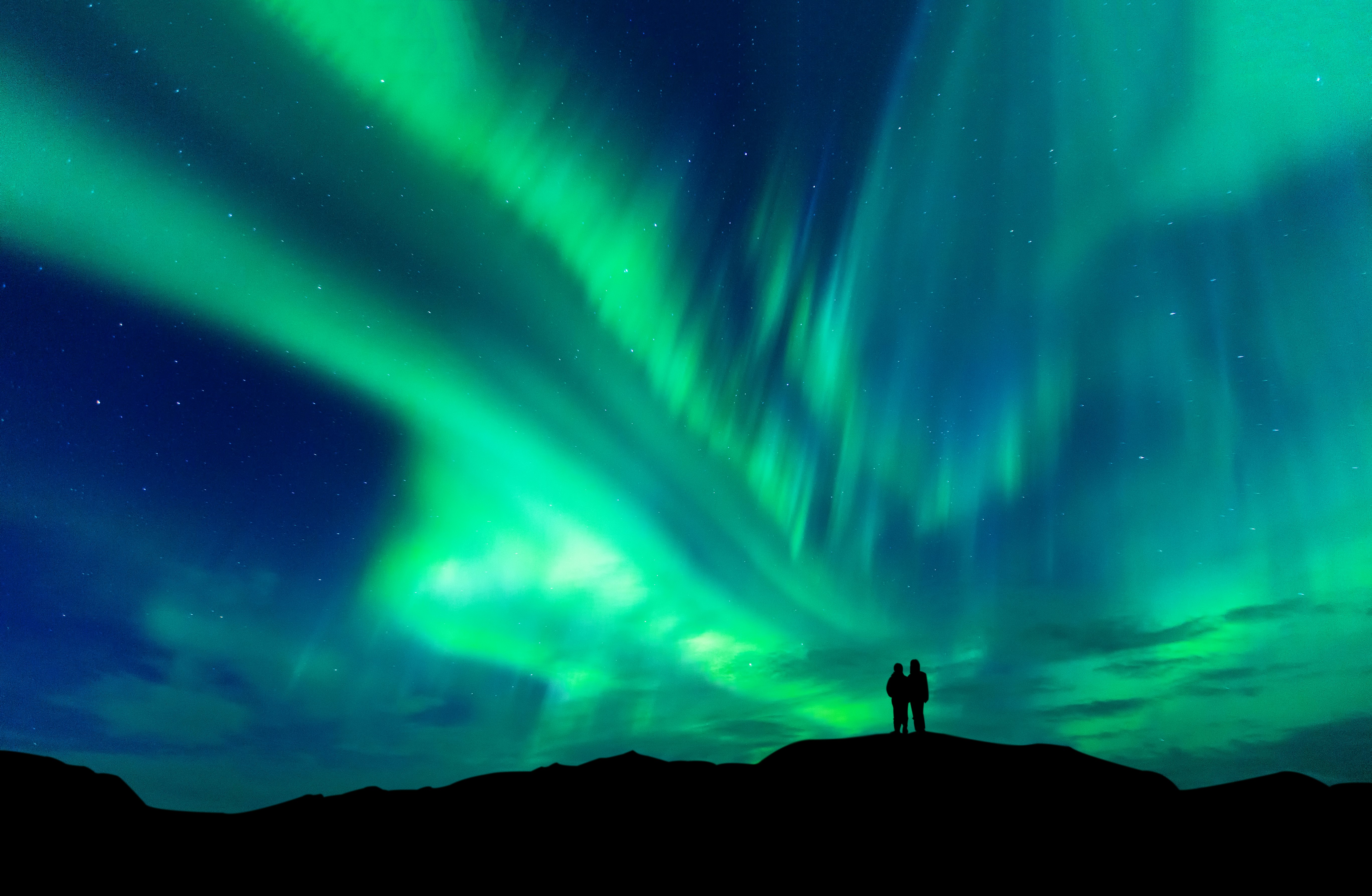
Alas, the Arctic is rapidly slipping through our fingers and out of reach forever. Some reports, including that by the Arctic Council's Arctic Monitoring and Assessment Program, suggest the Arctic could be ice-free by the 2040s. Iconic Arctic creatures such as the polar bear could be gone from the wild by a similar date. Taking a more positive perspective on our planet’s future, there is a more pressing need to visit the Arctic than there is the Antarctic to better understand climate change and how we can combat it – for whatever global warming we witness will most visibly affect the Arctic first and foremost. Looking at it more fatalistically, you should see the Arctic now.
Before it’s too late.











